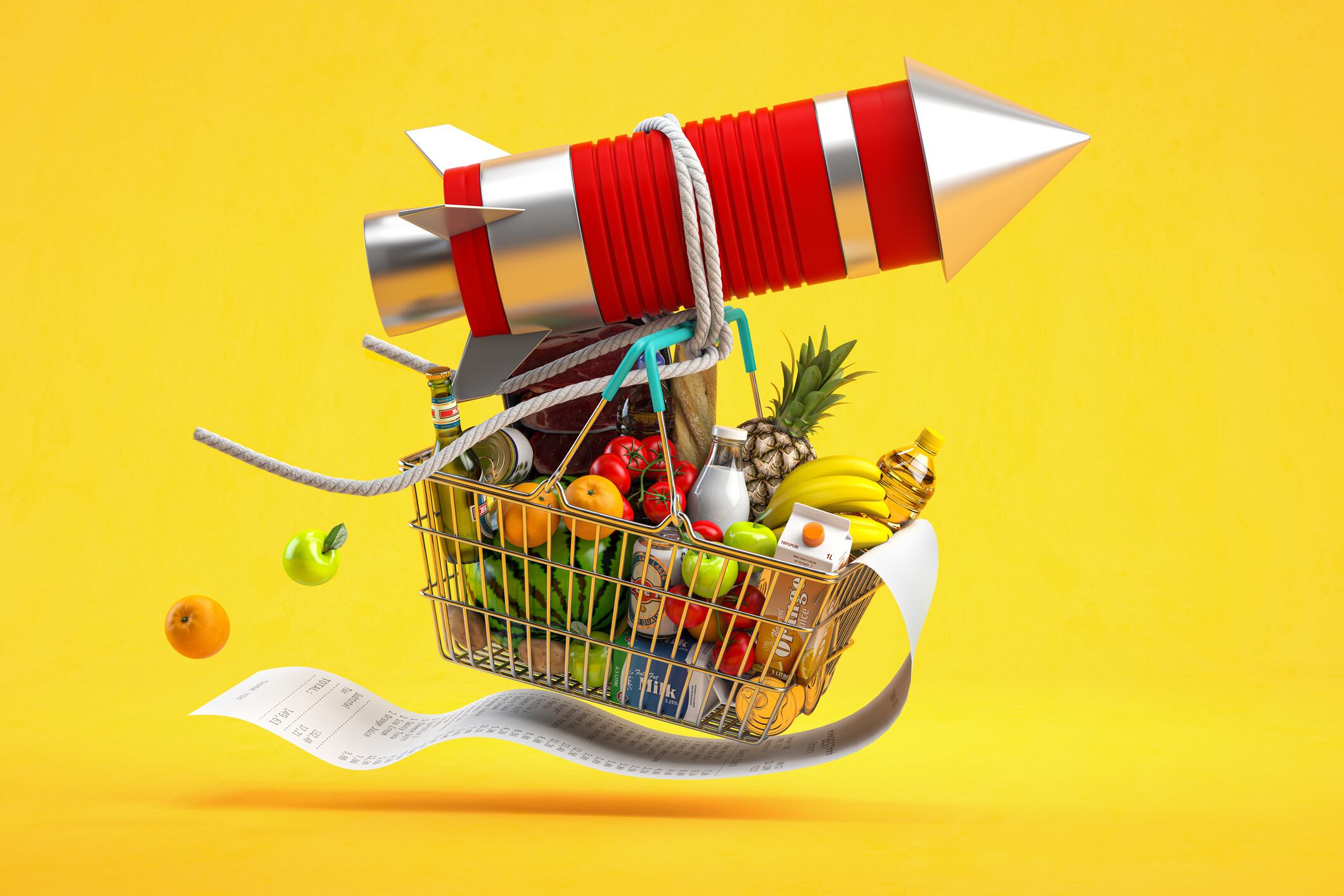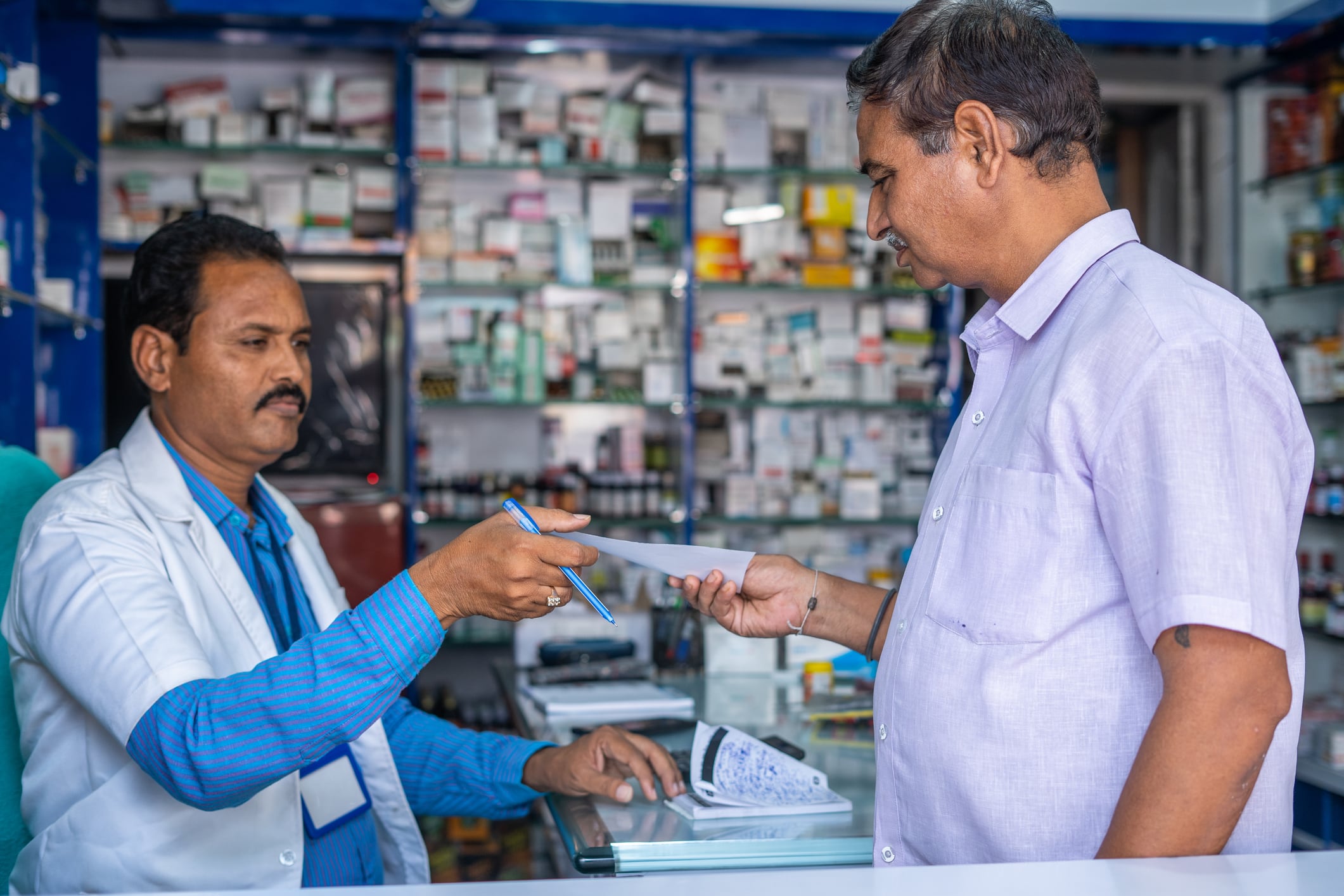Quick-commerce is a fast delivery service that allows consumers to order an item via mobile apps and have it delivered to their doorsteps typically in 10 to 30 minutes.
Sales of q-commerce now made up almost half of all its e-commerce channels combined for India’s nutraceutical retailer HealthKart - owner of brands such as MuscleBlaze and HK Vitals.
“Q-commerce is almost now half of all the e-commerce channels combined, which is a pretty big number,” Kaustuv Paliwal, SVP at HealthKart, told NutraIngredients.
As compared to traditional e-commerce users, consumers who purchase via q-commerce would usually buy products in small quantities.
“They like the smaller formats, like sachet formats, smaller SPUs (standard product unit), because they are mostly looking for a weekly purchase and not for a monthly purchase,” he said.
NatXtra, a nutraceutical brand owned by Synthite Industries, one of India’s largest spice and herb ingredient suppliers, also observed a similar trend.
Most of the company’s business comes from its own D2C website, however, its products are available across e-commerce channels like Amazon, Tata, and 1mg.
However, NatXtra has also made its products available on q-commerce channels like Zepto and Blinkit on the back of the platform’s popularity.
Mathew Samuel, head of global marketing at NatXtra - Synthite Industries believes that Q-commerce is the future.
“In the next two, three years, q-commerce will give an equal fight to online business,” he said.
It is not just local companies which are witnessing the boom in q-commerce.
For instance, Nestle India said that for FY24, q-commerce has contributed approximately 45% to its e-commerce business.
“E-commerce business contributed 8.6% to sales in the period under review. Quick commerce growth continued to be aided by new user acquisition initiatives through targeted digital communication across various touchpoints.
“This contributed approximately 45% of the e-commerce business,” the company said in its annual report 2024-25.
The players
Blinkit, Swiggy Instamart, and Zepto are some examples of q-commerce providers in India, but traditional e-commerce platforms like Amazon and FlipKart are also joining the race.
Amazon, for instance, has launched the q-commerce app Tez.
“Amazon itself is getting into quick, commerce. Companies like Amazon will either acquire some quick commerce company, or will build their own infrastructure.
“I would say that the future of online business is quick commerce. It is a natural transition,” said Samuel.
Reasons
“Q-commerce is like having Walmart available in 10 minutes,” said Paliwal.
Convenience is undeniably a key reason for using q-commerce.
However, there are also factors that have enabled its rise and boom.
One of them is Indian consumers preference to make small purchases instead of making monthly bulk purchases.
“In the US, there is the culture of going out and making purchase for a month, where you shop and keep the purchases in a big storeroom.
“Indians, on the other hand, are not into making one month bulk purchase, partly because of having smaller and more congested houses.
“We are used to going and buying groceries on a daily basis, with one or two persons from each households assigned to this routine.
“What Q-commerce did was to turn this habit into a service which people thoroughly welcome and have rightfully flourished,” he said.
Since traffic congestion makes a trip to the malls and grocery stores more troublesome, q-commerce has therefore become a preferred choice, he added.
On the other hand, while pharmacies are usually a go-to for nutraceutical purchase in developed countries, Samuel said that pharmacies were usually for getting medicines prescribed by doctors.
“In developed countries, you have huge pharmacies where people visit to get their vitamin and skincare products.
“Here in India, we are used to the culture where the doctor writes a medical prescription for us, and we just show the slip and get the prescriptions from the pharmacists.
“We generally don’t spend much time in the pharmacy,” he said, adding that changes are also coming, with pharmacies providing experiential experience popping up these days.





